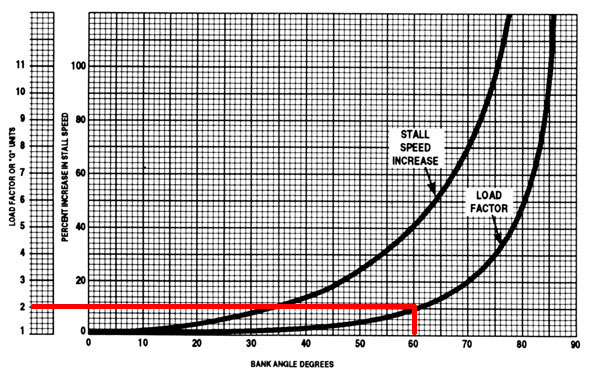dtuuri
Final Approach
Whatdidyour CFI say? Ify ou believeit , how doyo upla ne to makeuse o f it?dI bought a Cherokee 180 the other day. Yesterday my cfi and I were going thru the logs, afm, and owners manual. We found a page that listed exact stall speed at different bank angles. Of course these figures are based on full load and holding altitude. I believe I found out in this thread that the stall speed will be lower if descending while banking.
tu
uri

